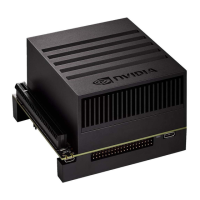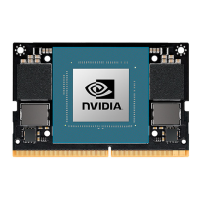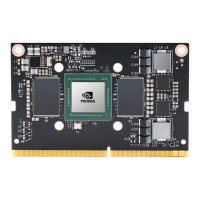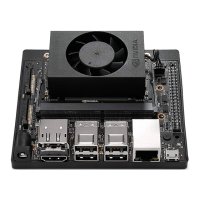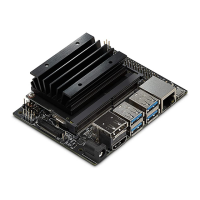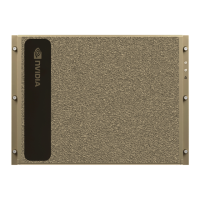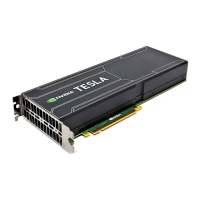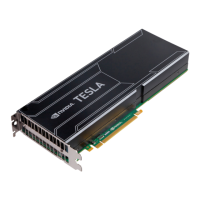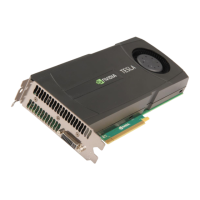PCIe Compliance Testing Reference
PRELIMINARY INFORMATION
Jetson AGX Orin Series Tuning and Compliance Guide DA-11040-001_v0.7 | 24
default state (Gen1), toggles the DUT into P0 Gen4. Each further toggle moves the DUT on
to the next Gen4 preset until P10 Gen4.
12. Make sure that the user interface numbers meet the requirement for Gen4, 2.0 × 10E6 ×
62.5 ps = 125.0 μs
Rx DUT Test Setup
The Rx DUT test setup is like the Tx test setup (See “Tx Characterization DUT Test Setup”
section).
1. Connect breakout board #1 P+ / P- via SMA to BERT input (DUT-Tx to BERT INPUT)
2. Connect breakout board #3 P+ / P- via SMA to Bert output (DUT-Rx to BERT OUTPUT)
3. If required: Connect breakout board #2 P+ / P- via SMA to BERT REFCLK input.
Rx Tests
This section describes the Rx tests for compliance testing.
Protocol-aware BERT
For the Rx test, a protocol-aware test gear is required. Typically, it requires the use of a
specialized Bit Error Rate Tester (BERT) along with specialized protocol software and libraries.
BERTs capable of PCIe Rx testing are available from test equipment providers such as
Teledyne, Keysight, or Tektronix.
The general steps are as follows:
1. BERT drives lane-n state under test into loop-back (Rx -> Tx) through adaptive link
training.
2. Performing link equalization
3. Configure and pick impairment signal
4. Auto calibrate stress impairments
5. Run BERT measurements
Since Rx testing through BERT is an involved procedure, NVIDIA recommends following the
respective user's guide of the test equipment provider for detailed steps through the
procedure. As an example, refer to the
Keysight N5991 PCIe Test Automation Software
Platform User’s Guide
available from BitifEye / Keysight describing the setup and procedure.
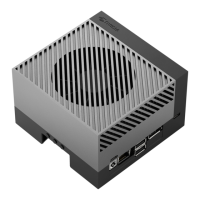
